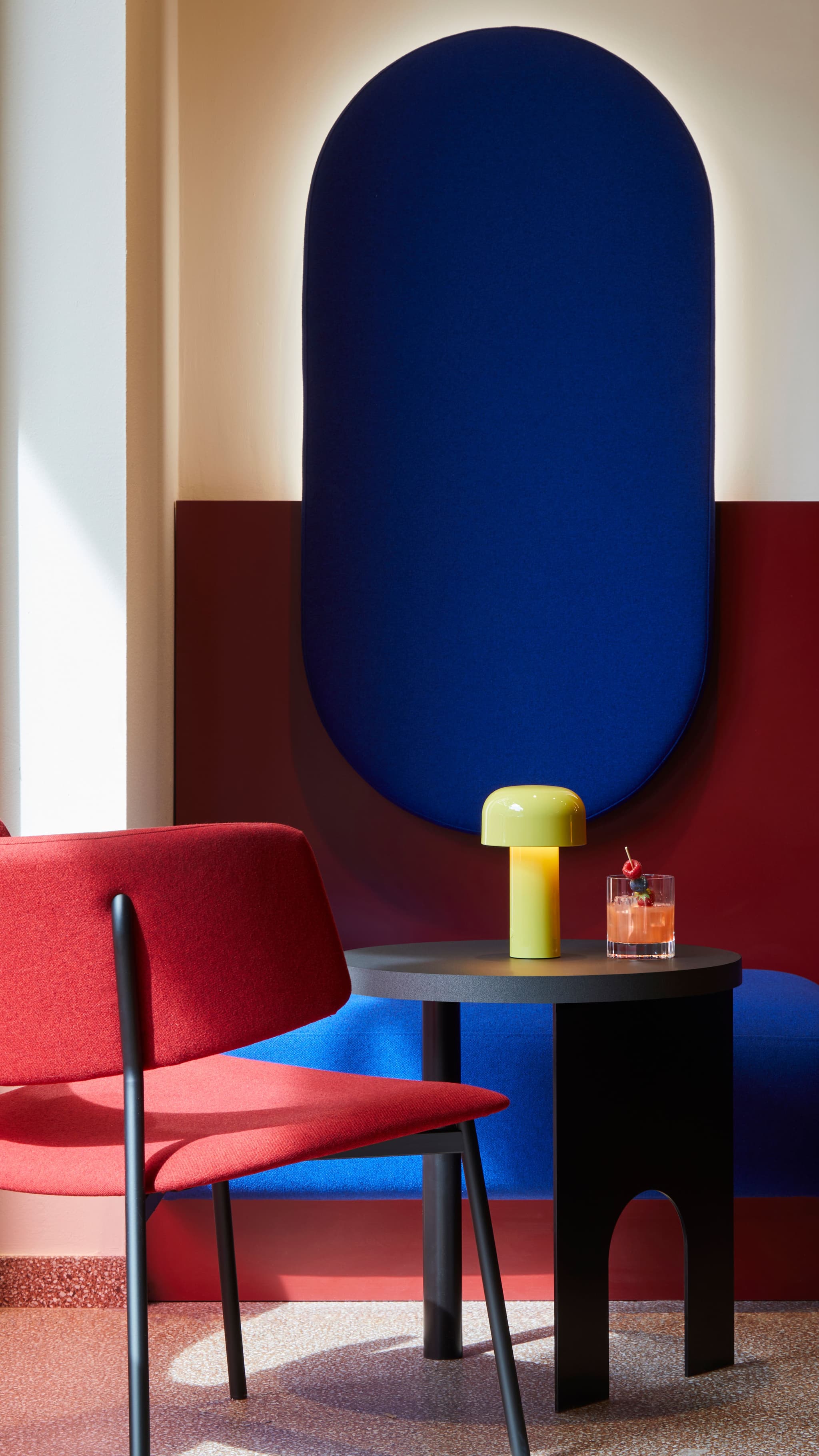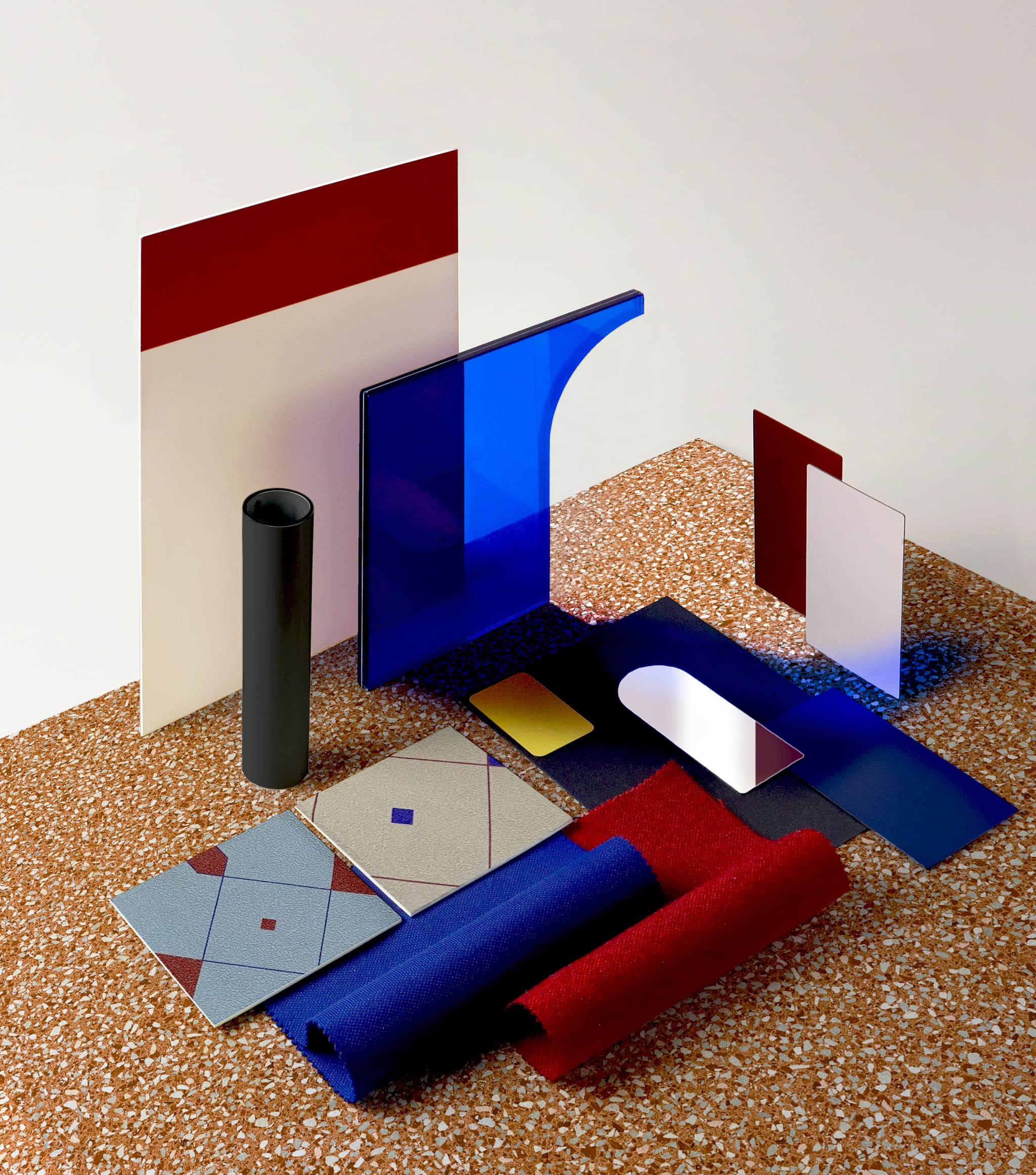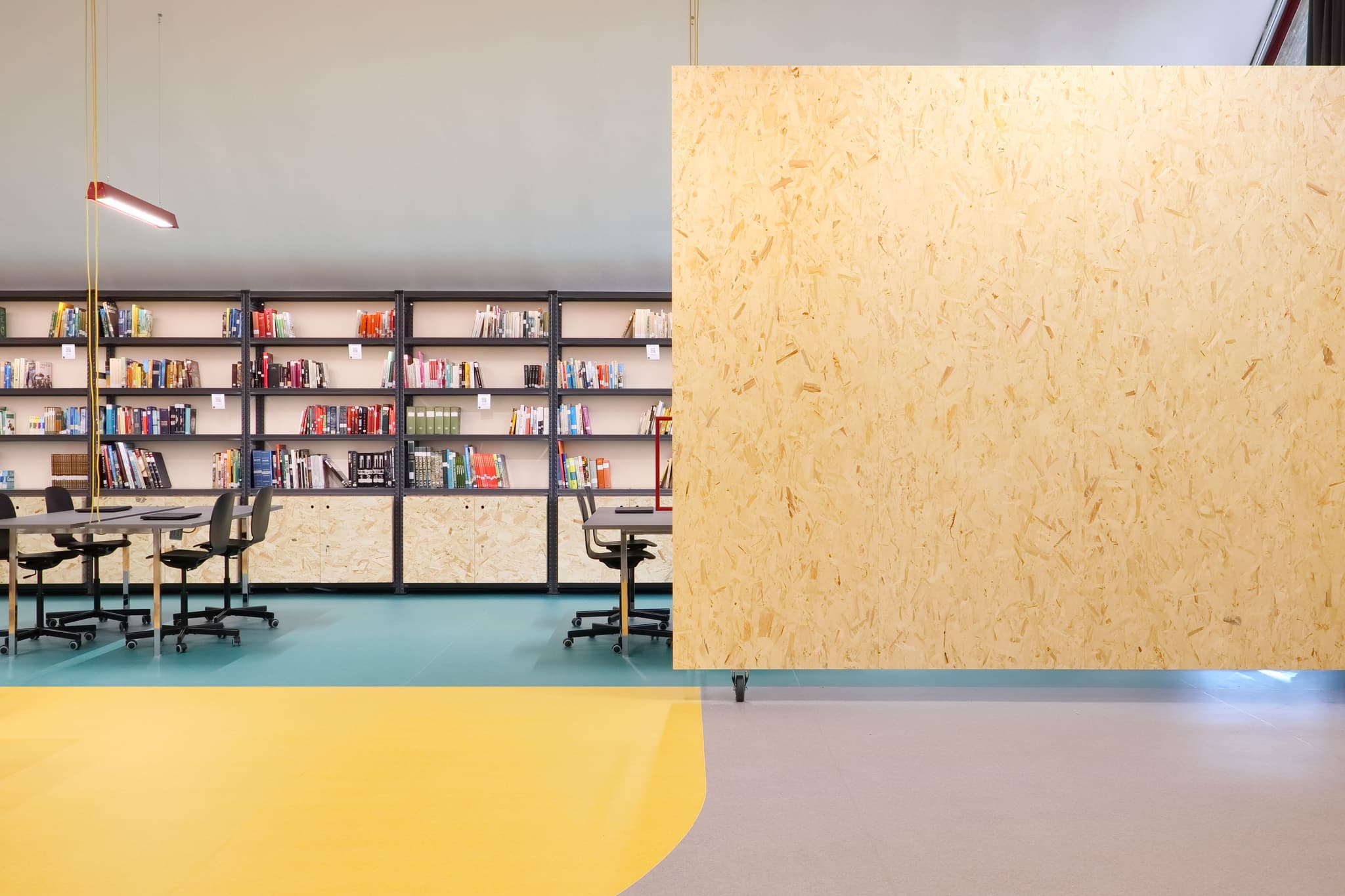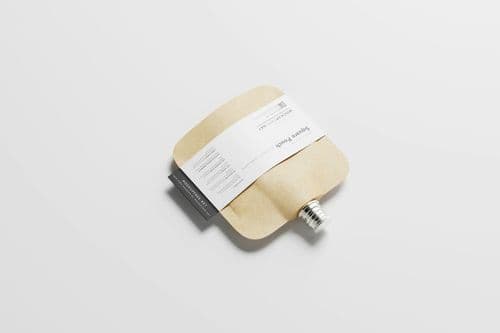Key Points
- Supplier selection goes beyond catalogues: full-scale samples, lighting tests, and proven luxury timelines.
- Sustainability claims are verified via third-party certifications, supply-chain traceability, and clear definitions of “recyclable” and “carbon neutral.”
- CMF strategy leads: technical performance is the entry ticket, emotional impact is the goal.
- Longevity is a core filter: timeless, durable materials outrank trend-led options, especially for permanent spaces.
- Temporary vs permanent: design for disassembly and end-of-life in installs; lifecycle value and maintainability in architecture.
Full interview with FORO Studio
1. In the Parah Boutique project, you integrated both natural and technologically advanced materials. How did you evaluate which suppliers could meet both aesthetic and sustainability expectations within the constraints of luxury retail?
This question gets to the very heart of our philosophy. For a project like Parah Boutique, designed to balance luxury and femininity through a play of contrasts between warm and cold materials, the selection of suppliers is a critical, collaborative, and strategic process.
Our method goes far beyond catalogues. We conduct rigorous due diligence, evaluating both aesthetic and technical performance. For Parah, we requested full-scale samples to collectively assess tactility, performance under varied lighting conditions (a crucial factor in luxury retail), and intermaterial interaction. Our objective was to craft harmonious contrast, not friction.
We also scrutinise each partner’s track record. Given the stakes for a brand like Parah, we only considered suppliers with proven experience in luxury retail, those who understand tight timelines and exacting quality standards. Ultimately, we don’t select a supplier solely for their product, but for their reliability in co-creating a credible, coherent experience, from concept to execution.

2. When working with cutting-edge sustainable materials, what processes do you use to verify supplier claims about recyclability, certifications, or carbon footprint?
Our default stance is methodical and inherently sceptical. In an industry saturated with greenwashing, verification becomes a core design step. When a supplier states “100% recyclable” or “carbon neutral,” our first question is, “Define that. Where, how, and with what technology?” We rely heavily on independent, internationally recognised certifications, which offer a deeper layer of assurance beyond self-declared claims.
But we go further. We trace the origin of raw materials, understanding that recyclability loses value if production occurs under low-regulation conditions on the other side of the world. We prioritise partners offering transparency and traceability across the supply chain. For us, transparency is the benchmark. A trustworthy supplier volunteers their data. Resistance is a red flag, and often a deal-breaker.

3. Across your portfolio, sensorial and emotional experiences are central. How do you select materials that can perform technically while also achieving these intangible qualities?
This is where our CMF (Colour, Material, Finish) strategy is paramount. At FORO Studio, we see materials as vehicles of emotion, not just surfaces. We begin by collectively defining the emotional experience we want to create. Only then do we translate that intention into technical requirements. Our team curates a shared sensory library, catalogued not just by colour, but also by tactility, sound, and weight. We physically test samples, recognising how a cool, smooth micro-cement communicates something very different from a warm, vibrant oak parquet. In short, technical performance is the baseline. But our aim is the emotional resonance a material can provoke.

4. With eco-certified options expanding rapidly, what criteria help you distinguish between genuinely sustainable materials and those that may be more marketing-led than performance-led?
Our filtering criteria are designed for clarity amid noise. We systematically disregard vague terms like “green”, “eco”, or “natural”. Instead, we look for: Precise data: % of recycled content, carbon footprint, recyclability specifics; Robust certification: continuous auditing, covering environmental and social impacts; and longevity: does it last, age gracefully, and resist trends?
The most sustainable material is often the one that never needs replacing. A trendy product destined for removal in five years, even if certified, is inherently unsustainable.

5. As you operate across scales, from exhibitions to permanent architecture, how does material decision making shift between temporary installations and enduring structures?
The shift is fundamental, and it's about our relationship with time. For temporary installations, our top priority is immediate emotional impact. We may choose ephemeral materials or higher carbon options if the narrative and engagement justify them. Logistics and end-of-life planning are central. We favour dry assembly, reuse, and clear recycling streams.
Material wear over two weeks isn’t the issue. Post-use destiny is. Conversely, for permanent spaces like boutiques or offices, the lens changes. We prioritise durability, maintenance, and availability for future repairs. We assess value across the entire lifecycle, not just upfront cost. For installations, we design for the moment. For architecture, we design for legacy.

6. Looking ahead, how do you see AI transforming the way designers like yourself discover and validate sustainable materials and suppliers?
AI holds immense potential, not as a replacement, but as a collaborative research partner. We envision tools that automate Life Cycle Assessments (LCA) using real-time supplier data. Instead of static EPDs, AI could help us model true carbon impact with location, volume, and transport logistics baked in. It could also assist with predictive performance, forecasting how a material behaves over time, far beyond what a spec sheet can tell.
Still, AI can’t replace the human sensation of a fabric in our hands or the shared perception of light across a surface. Our role will evolve, from “seekers” to curators and ultimately sensory validators, with AI managing complexity so we can focus on what only humans can do: feel.








